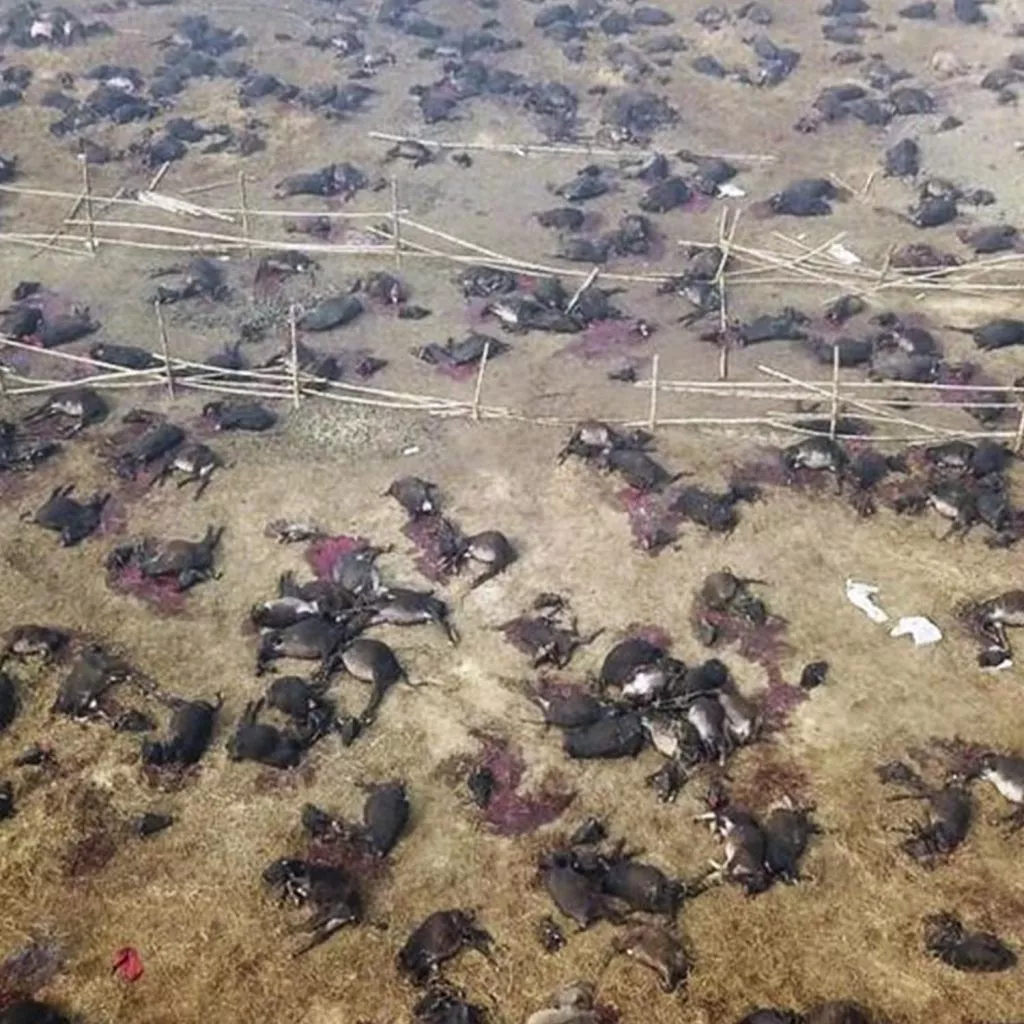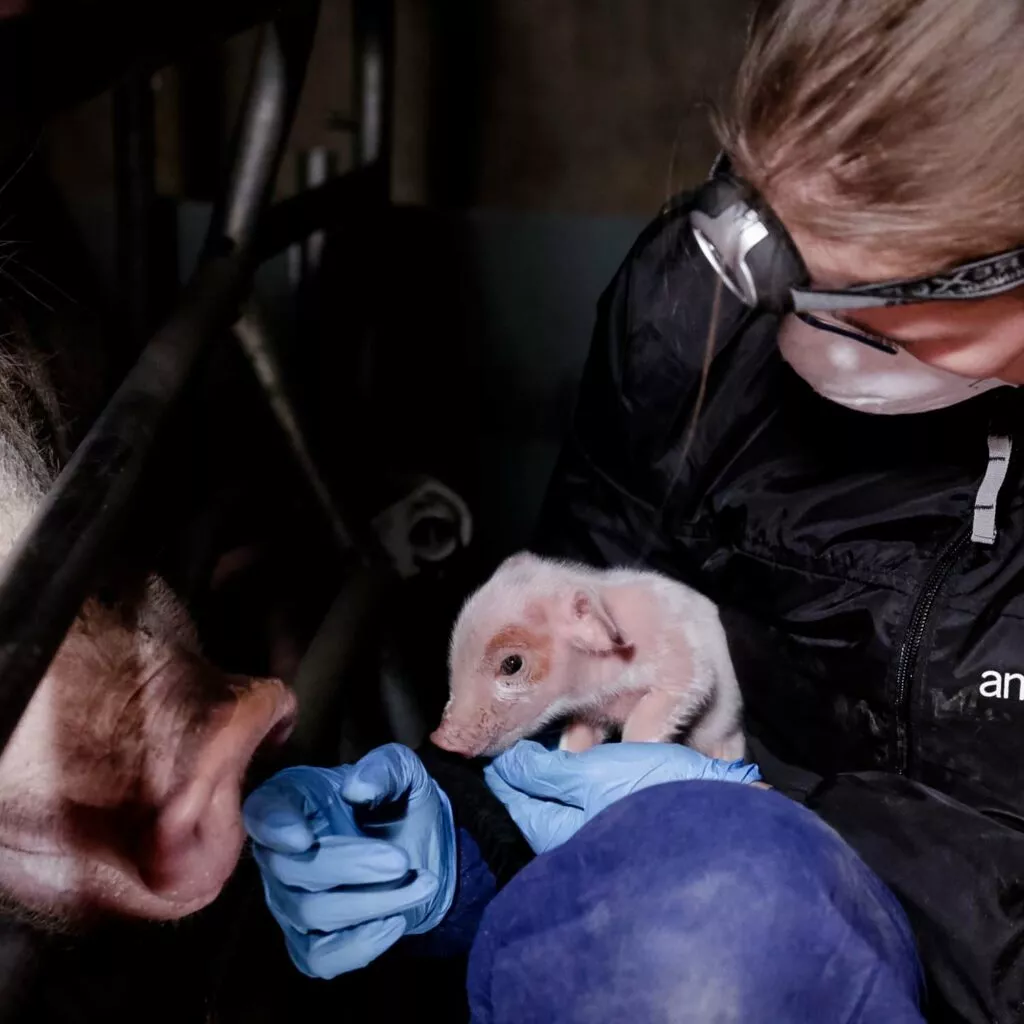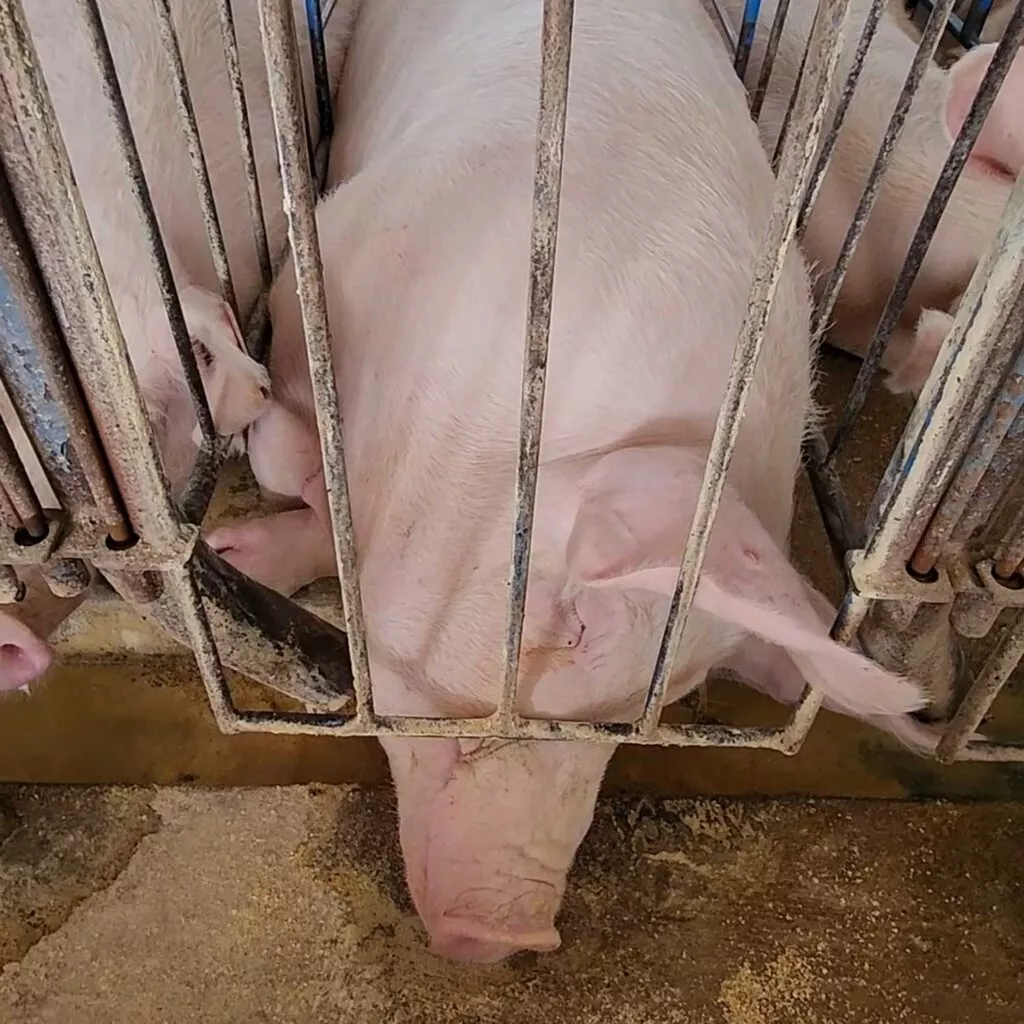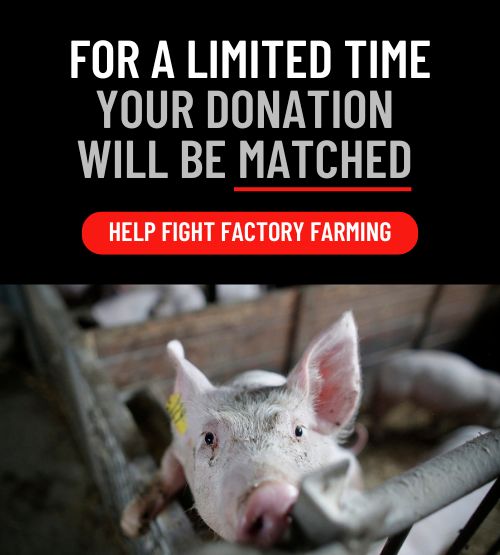

Our Best Defense Against Pandemics Starts With Rethinking Our Food Systems
While it’s still unclear what the primary cause is of the COVID-19 pandemic (which experts believe began in Wuhan, China), it’s safe to assess based on evidence that it was transmitted from animal to human. The World Health Organization states that “all available evidence suggests that SARS-CoV-2 (aka COVID-19) has a natural animal origin and is not a constructed virus. SARS-CoV-2 virus most probably has its ecological reservoir in bats.” This isn’t surprising. Looking back at some of our deadliest pandemics in history, they all have one thing in common: animals.
H1N1 (SWINE FLU): Ten years ago, the H1N1 swine flu virus infected as many as 1.4 billion people across the globe and killed between 151,700 and 575,400 people, according to the Centers for Disease Control and Prevention. Experts from the CDC and other public health research institutions around the world believe that H1N1 influenza “resulted from *reassortment of influenza viruses that occur naturally among pigs.”
HIV/AIDS: AIDS has claimed an estimated 35 million lives since it was first identified in the 1980’s. Scientists identified that HIV, the virus that causes AIDS, came from a type of chimpanzee located in Central Africa. They believe that the transmission occurred when humans hunted these chimpanzees for meat and came into contact with their infected blood.
H2N2: The influenza A (H2N2) virus (or “Asian Flu”) was another global pandemic. It originated in East Asia and spread rapidly throughout the world, reaching the United States in the summer of 1957. The disease claimed more than 1.1 million lives. The virus that caused the pandemic is said to have originated from an avian influenza A virus.
1918 FLU: The 1918 pandemic (or “Spanish flu”) has been named the most deadly pandemic in history, although only time will tell if the current COVID-19 virus will surpass those figures. An estimated 500 million people all across the globe fell victim to the Spanish Flu with at least 50 million deaths. (COVID-19 current numbers are 3,517,345 confirmed cases and 243,401 deaths.) This virus was also determined to be from avian origins.
TICKING TIME BOMBS: These deadly outbreaks should have been wake-up calls, but once the immediate public threat subsides, it’s back to business as usual. But does it have to be? Now is the time to reevaluate our relationship with the “natural” world. The majority of our current food systems that use animals are a breeding ground for potential outbreaks like our past global pandemics. The selectively bred animals confined by the tens of thousands to dimly lit, unsanitary barns and cages are like ticking time bombs waiting to explode at any moment. Unfortunately, and behind closed doors, these bombs are already detonating on a regular basis.
AVIAN INFLUENZA: Earlier this month in Chesterfield County, South Carolina, the USDA’s Animal and Plant Health Inspection Service confirmed the presence of the H7N3 avian influenza (aka “bird flu”) in a commercial farm, which killed 1,583 turkeys and the remaining 32,577 birds have since been euthanized. In March 2017, a bird flu outbreak occurred in Lincoln County, Tennessee and over 73,000 chickens were euthanized. The worst ever US bird flu outbreak took place in 2014 and 2015 when 50 million birds were killed due to bird flu, costing as much as $3 billion in economic damage.
MASS KILLINGS: One of the most common ways to kill these animals en masse is by using a water-based foam causing mechanical hypoxia, acting in a manner similar to drowning or suffocation. Other methods approved by the American Veterinary Medical Association include gassing and ventilation shutdown, which involves closing up the house, shutting inlets, and turning off the fans so that the body heat from the animals raises the temperature enough so the birds slowly overheat.
INDUSTRY LOOPHOLES: Instead of helping prevent these outbreaks from occurring in the first place (for example, by providing more space to the animals and having a required standard for keeping their living areas clean), producers and the USDA introduce loopholes that have their own dire consequences, such as pumping the animals with antibiotics. Or, as we wrote about recently, farms are given exemptions to further overcrowd their facilities when unforeseen circumstances arise.
Additionally, a recent Vox article noted that “selection for specific genes in farmed animals (for desirable traits like large chicken breasts) has made these animals almost genetically identical. That means that a virus can easily spread from animal to animal without encountering any genetic variants that might stop it in its tracks.”
WE HAVE ANSWERS: Even though animal agriculture industries are inconceivably strong and changing those systems will be no easy task, each one of us holds the power to create change with every purchase we make. We’ve seen the law of supply and demand in the dairy industry, with two of the largest dairy producers filing for bankruptcy in the last six months. Its steady decline emerged from a mass realization that dairy is no better for the planet than it is for human health, let alone for the animals involved.
There is an opportunity in every meal we serve to our families, with our food choices ingraining in them what kind of world is acceptable and how we can put our stamp of approval on the things that matter most.
HELP CHANGE OUR FOOD SYSTEM THROUGH YOUR PURCHASES
*Reassortment is the process by which influenza viruses swap gene segments. This genetic exchange is possible due to the segmented nature of the viral genome and occurs when two differing influenza viruses co-infect a cell.
References:
https://www.cdc.gov/h1n1flu/information_h1n1_virus_qa.htm
https://www.cdc.gov/hiv/basics/whatIshiv.html
https://www.cdc.gov/flu/pandemic-resources/1957-1958-pandemic.html
https://www.cdc.gov/flu/pandemic-resources/1918-pandemic-h1n1.html
https://www.pbs.org/newshour/health/industry-scrambles-to-stop-fatal-bird-flu-in-south-carolina
https://www.vox.com/future-perfect/2020/4/22/21228158/coronavirus-pandemic-risk-factory-farming-meat
Recommended




